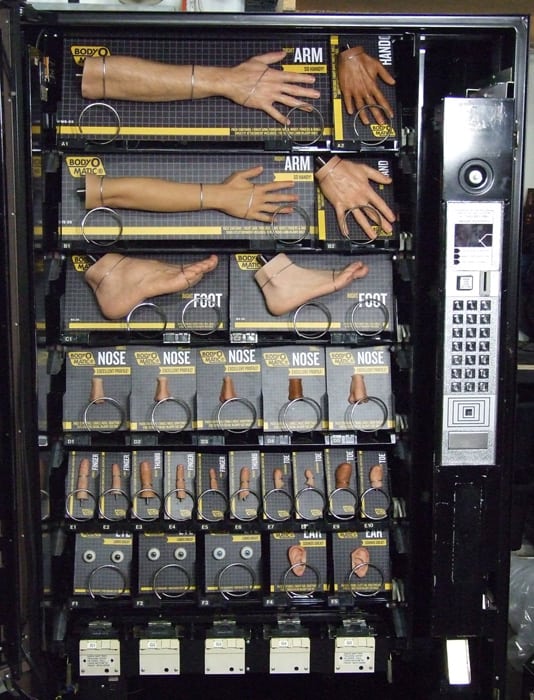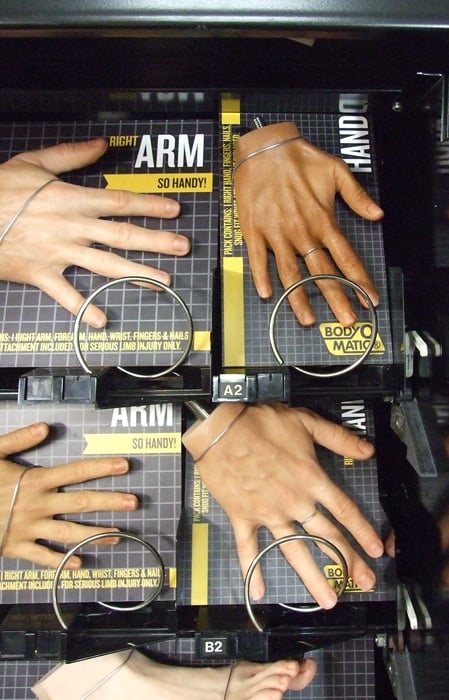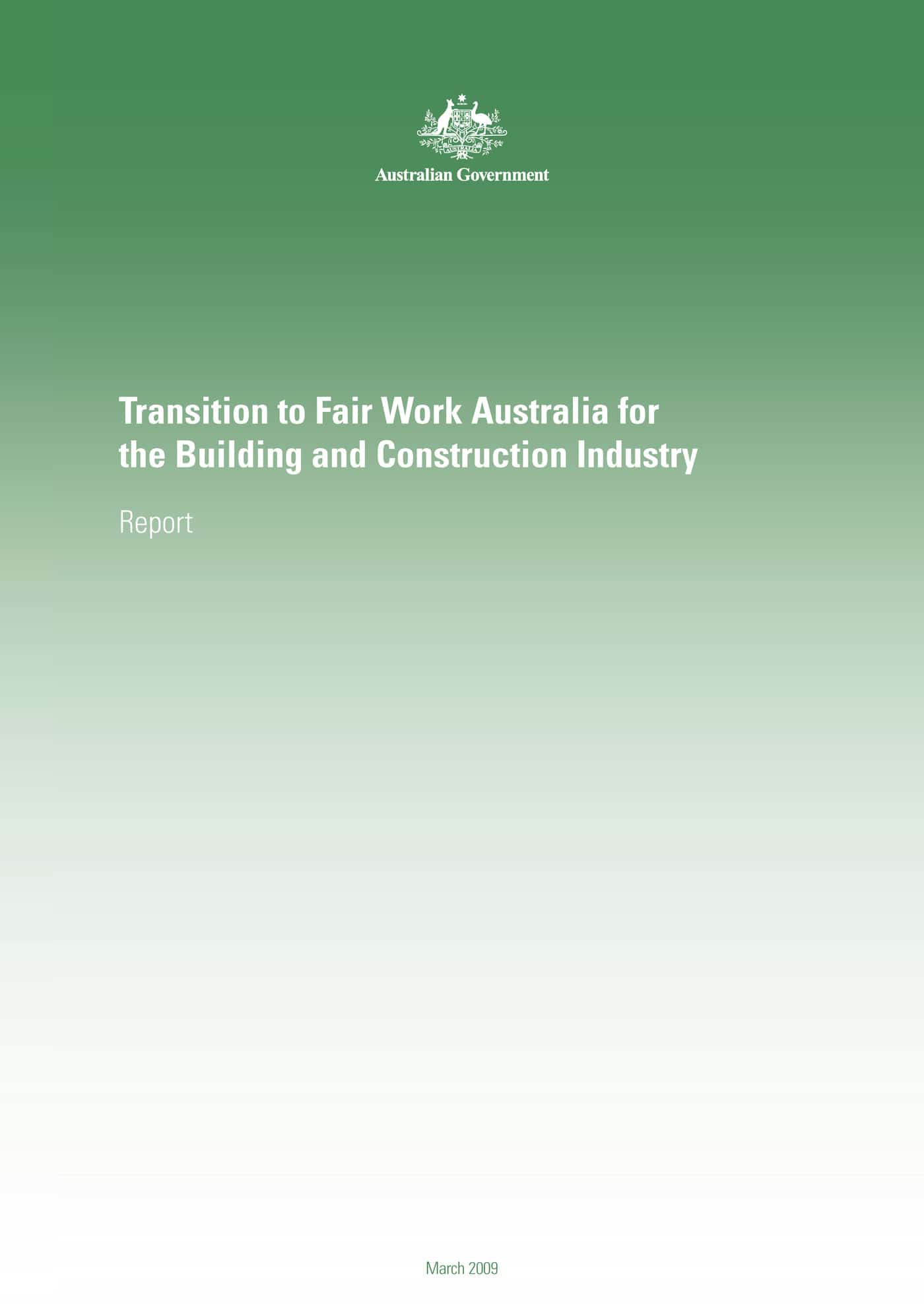According to a report in the Australian Financial Review (page 5, not available online) on 14 April 2009, the costs of work-related injury and disease has increased to $A57.5 billion. This represents 5.9% of the country’s gross domestic product, up from 5% in 2000-01.
Of perhaps more concern is the sectors of society which are estiimated to bear these increasing costs. 49% of costs are borne by workers, 47% by the community and 3% by the employers. Even if the insurance costs were allocated to employers, this would only amount to 18% of the injury and diseases costs.
The figures from the report conducted by the Australian Safety & Compensation Council could justify the push by some in the OHS profession to move workplace safety into the area of public health. Regardless, the spread of the cost should be borne in mind when OHS organisations lobby government for more support and attention.



 It should be stated here that SafetyAtWorkBlog does not support the ABCC. The Commission is a travesty and a political construct of the conservative side of politics. That the Rudd Labor government has allowed the Commission to persist is atrocious. However, the ABCC was established because of the perception that the Australian building and construction industry was corrupt, regardless of the absence of evidence through the Cole Royal Commission. Has the construction unions addressed this perception? No.
It should be stated here that SafetyAtWorkBlog does not support the ABCC. The Commission is a travesty and a political construct of the conservative side of politics. That the Rudd Labor government has allowed the Commission to persist is atrocious. However, the ABCC was established because of the perception that the Australian building and construction industry was corrupt, regardless of the absence of evidence through the Cole Royal Commission. Has the construction unions addressed this perception? No.